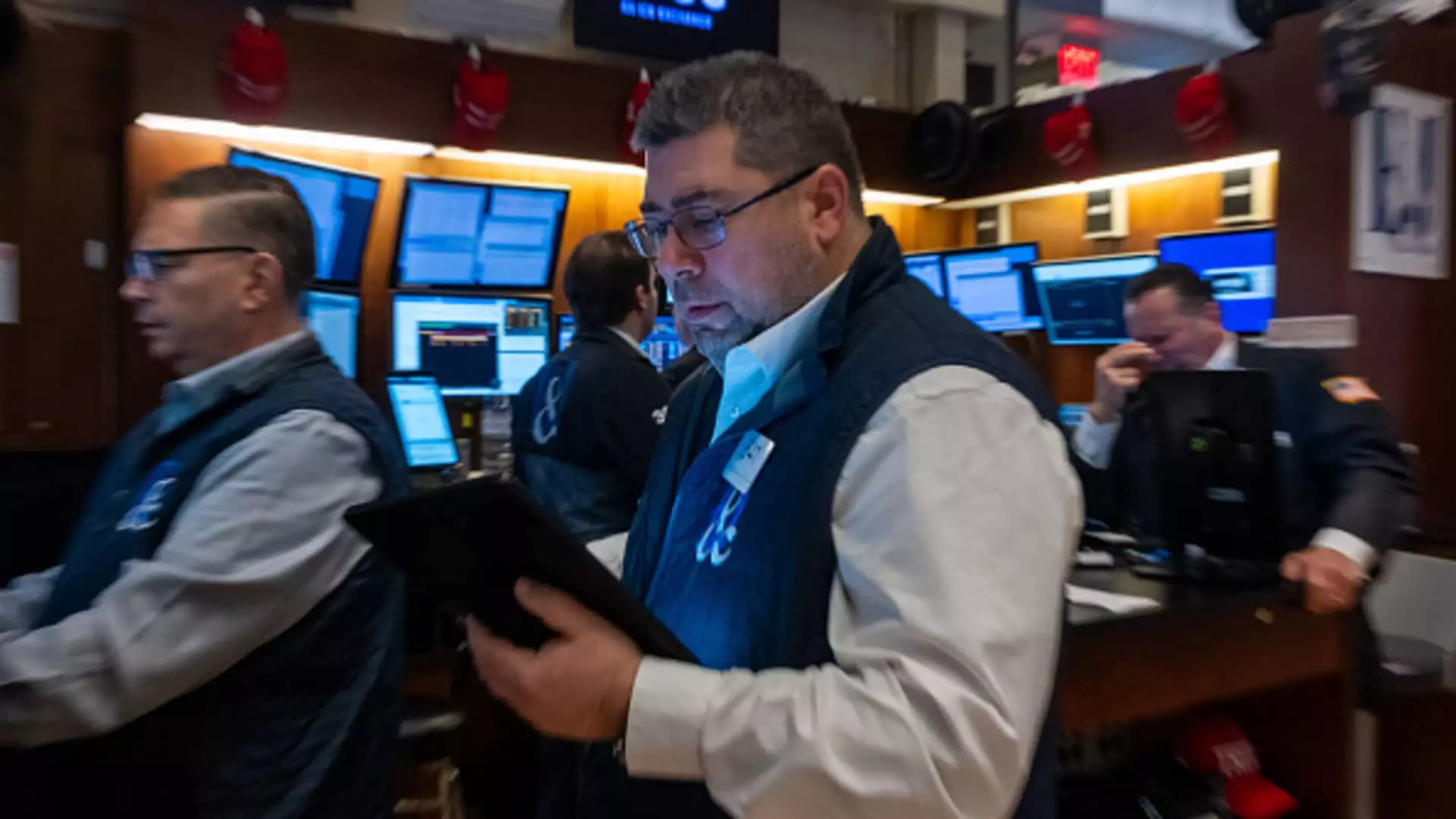In recent years, the landscape of investment strategies has evolved significantly, with leveraged and inverse exchange-traded funds (ETFs) emerging as popular choices among both retail traders and institutional investors. This trend reflects a growing appetite for short-term speculation, driven by advancements in technology, increasing market volatility, and a burgeoning interest in complex financial instruments. The rise of these ETFs has raised important questions about their implications for market behavior and investor strategies.
At the core of this phenomenon is the concept of leveraging—essentially borrowing capital to increase the potential return of an investment. Leveraged ETFs utilize financial derivatives to amplify daily returns based on an underlying index’s performance. For example, a 2x leveraged ETF aims to deliver twice the daily return of its benchmark. Conversely, inverse ETFs are designed to provide the opposite return; a 2x inverse ETF would seek to deliver a return that is inversely proportional to the underlying index’s movement.
The growing popularity of these funds can be demonstrated by their rising market share. According to recent statistics, leveraged and inverse ETFs accounted for approximately 8% of the total $11 trillion in ETF assets under management, a notable increase from just 2% of a $2 trillion ETF market in 2016. This growth reflects the increasing volume of trading activities and the strategic preferences of a diverse set of market participants.
Understanding who is driving this surge in demand is essential for grasping the broader implications of these products. Retail investors, particularly younger individuals, are significant participants in this arena, driven by ease of access facilitated through mobile trading platforms. Todd Sohn of Strategas observed a generational shift that underscores millennials’ and Gen Z’s preference for leveraging opportunities, given their desire for quick returns and low barriers to entry.
Moreover, it is estimated that retail traders represent around 75% of the ownership of leveraged and inverse ETFs, which suggests a fundamental change in how individual investors engage with the market. This demographic shift is often coupled with increased trading activity in other speculative assets like options and cryptocurrencies, indicating a growing trend of risk-taking behavior that could contribute to heightened market volatility.
While leveraged and inverse ETFs may appear attractive for short-term trades, they are accompanied by an inherent risk due to their daily reset mechanism. The impact of compounding returns over multiple days can create outcomes that deviate significantly from investors’ expectations. For instance, while a 2x leveraged product might seem poised for a straightforward performance reflection, actual returns can dramatically differ after just a couple of trading days, depending on market movements.
For instance, if the underlying index experiences substantial fluctuations—rising one day and falling the next–the compounding effect through leveraged exposure can erode returns significantly. This characteristic leads financial experts to caution that these products are far from suitable for buy-and-hold investors. Instead, they are primarily geared toward sophisticated traders with a clear understanding of market dynamics and a willingness to engage in high-frequency trading strategies.
As market volatility continues to be a common theme, particularly amidst geopolitical tensions and rapid economic changes, the use of leveraged and inverse ETFs can serve as double-edged swords. While they provide avenues to capitalize on short-term market movements, they also require investors to be vigilant and well-informed about their inherent risks.
In light of this, experts like Doug Yones remind investors of the need for robust risk management strategies when trading these products. “Whenever the market takes a turn south,” he states, “it helps to take stock of the risks involved.” For retail investors aiming to maximize returns, it’s crucial to comprehend not only the mechanisms of leveraged trading but also to balance these strategies with a disciplined approach to investment.
Leveraged and inverse ETFs bring an intriguing combination of potential rewards and pitfalls to the table. While they have attracted significant interest amidst growing speculative behavior in financial markets, investors must tread carefully. A nuanced understanding of these complex instruments, alongside a commitment to prudent risk management practices, is essential for navigating the unpredictable terrain of leveraged trading. As the landscape continues to evolve, being informed and prepared could determine the success or failure of investment strategies incorporating these advanced financial products.

